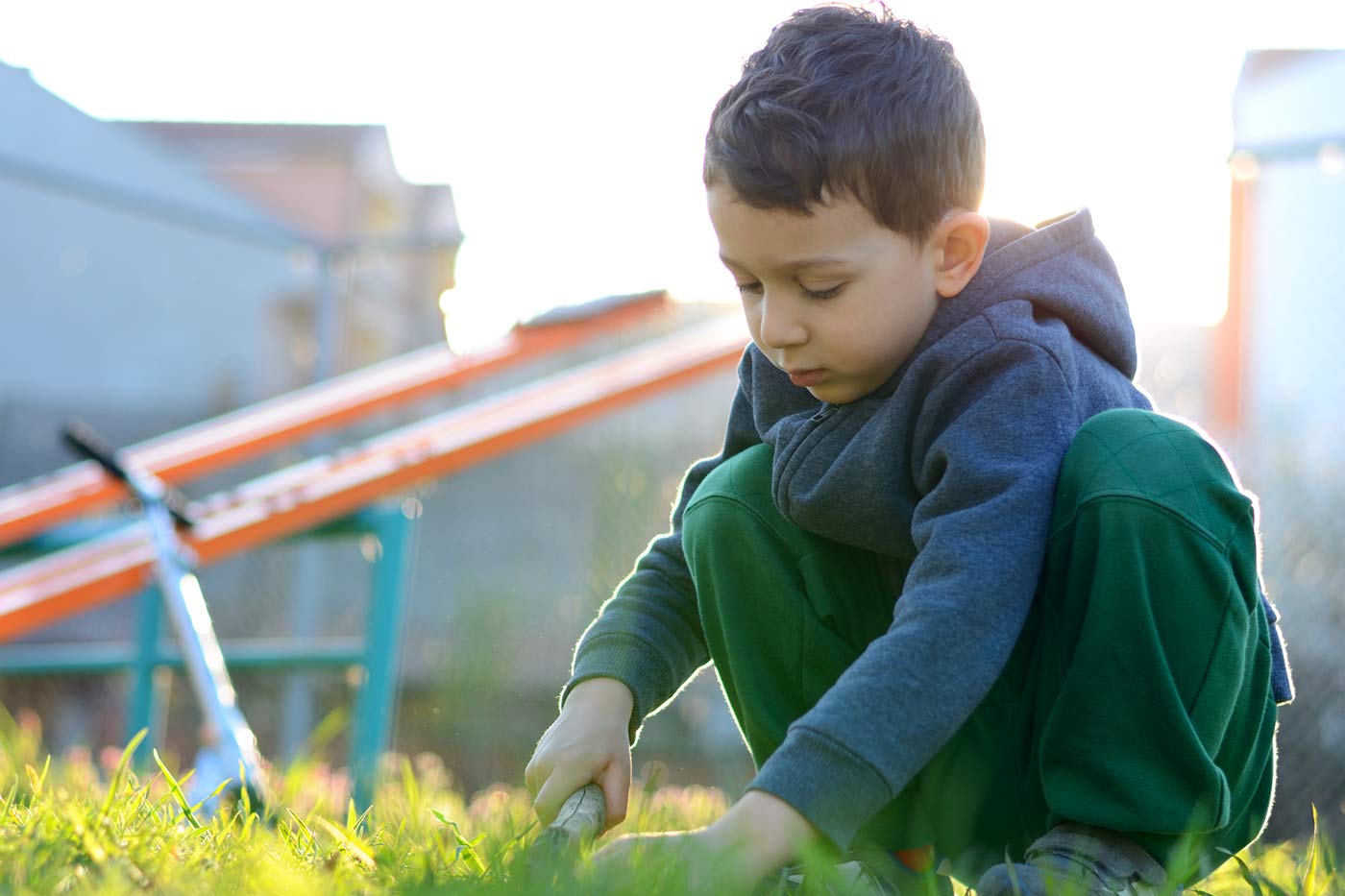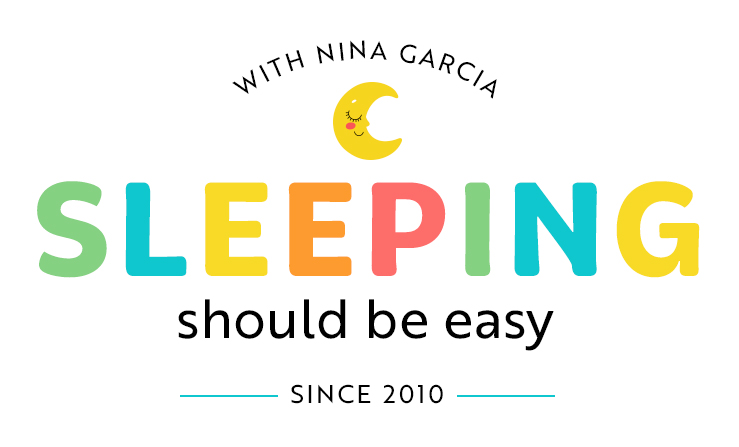What to Do When Your Child Is Rejected by Other Kids
Being rejected can be a difficult experience for a child. Learn about the possible reasons for rejection and strategies to help your child cope and make friends.

Just as easily as children can make friends, so too can they feel rejected.
A group of friends can exclude one child, or kids at the playground can be outright mean to yours. Maybe you realize you need to teach your child to be assertive and approach others with more confidence.
And while adults have learned better social cues and behaviors, kids are still learning this valuable skill. The experience of being rejected can be painful, ridden with anxiety and loneliness.
How can you help your child—so vibrant, cheerful, and social—handle peer rejection and prevent it in the first place?
Table of Contents
Show empathy
As an adult, it’s tempting to see social conflicts among kids can as petty, but your child’s emotions are just as raw and real to her as yours are to you.
She’s trying to make sense of the emotions she feels and turns to you, hoping to understand what she’s going through.
Before brushing her emotions aside or even showering her with reassurances, show empathy instead. This doesn’t mean challenging her story, being the devil’s advocate, or lecturing her on what went wrong.
Instead, simply describe what she must be feeling in words she can understand. “It looks like you felt pretty bad when they didn’t want to play with you.” Acknowledge that her feelings are real so that she feels heard and validated. Listen without judgment so that she can simply share her feelings without fear or anxiety.
Free resource: Grab your copy of The Power of Empathy! You’ll learn how empathy is the secret key that makes a huge difference in how we interact with our kids. Imagine transforming your relationship using the lessons you’ll learn right here. You’ll also get my newsletters, which parents say they LOVE:
“I just want to thank you for this. I’m in the middle of overwhelm with young kids in school and a toddler at home with me, and over the last couple of weeks, I’ve convinced myself I wasn’t cut out for the work this is taking. But your words gave me extra pause and push this a.m. that reminded me I can do this. Thanks for giving me some extra pep in my step on a Monday morning. It means the world to me!”
Kathryn Bartling

Encourage your child to show empathy
Kids can be pretty blunt, especially since they haven’t fine-tuned their social skills as well as adults have. So, when a child wants to be alone or is wary of strangers, he may not have the social skills to be polite, smile, and turn away. He won’t create an excuse or even hint that your child isn’t welcome.
No—he might say frank things like, “Go away,” or “Don’t talk to me.”
Remind your child of a time when he had his preferences and wanted to play alone. “Remember how you were working on your blocks and you didn’t want your cousin to join? Sometimes we want to play by ourselves or don’t want to talk to other people.”
You’re not trying to justify the other child’s actions so much as helping him understand how he might have been in those other kids’ shoes. He may not feel so terrible when he can relate to their needs as well (even if they could’ve communicated it better).
Don’t overreact or jump in
Do you catch yourself wanting to step in the instant your child gets rejected? Before you do, decide whether doing so does more harm than good.
Many kids aren’t as aware of peer rejection as you and I are. It may not be a big deal to them as it can be for us, and they’re often able to move on without feeling offended.
But when we step in too quickly or too often, they might wonder whether something is wrong and needs more attention. “Why is mom making such a big deal about this? They didn’t want to play with me right now, that’s all.”
Watching our kids get rejected is heartbreaking. No one wants to see their child try to make friends only for others to turn them away. But to them, these situations may not be such a big deal. Only when we step in are they made more aware of it.
Be matter-of-fact
Sometimes the best we can do is to state the facts and move on. “He didn’t want to play.” Rather than dwell on the subject, encourage your child to move on. She can find someone else to play with or something else to do.
Empathize and acknowledge her feelings, then encourage her to forge ahead. Analyzing the situation too much or making a big deal can make her feel like there’s more to this than she knows.
And give other kids the benefit of the doubt. One time, a parent kept reining in her child, assuming that my kids would find her behavior strange. But it wasn’t necessary—my kids weren’t fazed at all and welcomed her goofy behavior.
Observe your child playing with others
Observe your child and the obstacles he runs into in social settings. Does he do better with big groups or small groups? How does he approach other kids? How can you help him make friends?
Based on those questions and answers, you can then decide which situations are conducive for him. If he does better with smaller groups, a play date with one or two other kids could be good practice. If he approaches other kids with aggressive behavior, you might show him how to better talk to them.
Playdates with familiar kids can help him practice social skills and feel less intimidated. And if he needs more confidence, surround him with younger kids. Being the oldest of the bunch can boost his confidence, and younger kids are more likely to look up to him and want to play.
Give your child social tools and tips
It’s happening again and again. Your child goes to the playground and approaches several kids, only to be rejected. Whether she’s hurt or unfazed, you know there’s a better way she could approach others. Help her better tackle social situations and playground rules with these tips:
- Remind her to approach kids gently. Social kids are so friendly that they forget or don’t realize that they can appear aggressive. People—even kids—appreciate personal space and gentle approaches. Remind her that others need time and space to make friends.
- Encourage parallel play. Many young kids still practice parallel play, playing side-by-side and doing the same activity. For instance, two kids could be shoveling their own buckets next to each other instead of together into one bucket. Your child may be eager for more back-and-forth play, but let her know it’s also okay to play the same activities sitting near them.
- Help her recognize bullying behavior. Kids can be oblivious to bullying behavior or crave attention or company so much that they’ll put up with mean kids. I saw a group of kids tell a boy he could “play” with them, but all they did was run away from him whenever he showed up. Don’t let that happen. If you see other kids being mean on purpose, encourage your child to find other friends or things to play with.
- Help your child recognize “stop” signals. Sometimes kids do give signals, but your child doesn’t notice them. They’re left with no choice but to blatantly tell her, “Go away” or “I don’t want to play with you.” Teach her those signals. Maybe the other child looks or walks away or doesn’t want to play what she suggested. You can also let her know that she can ask the other kids what they would like to do.

Conclusion
No one wants to see her child rejected by other kids, especially when she’s trying to be a good friend to others. You can’t—and shouldn’t—save her from heartache, but you can help her cope with rejection with the tips you learned here.
Get more tips:
- How to Stop Preschool Behavior Problems
- 6 Mistakes to Avoid when Socializing Your Child
- Why Kids Shouldn’t Be Forced to Share (And What to Do Instead)
- How to Teach Toddlers to Share
- How to Get Your Child to Stop Talking in Class
Don’t forget: Join my newsletter and grab your copy of The Power of Empathy below—at no cost to you:

